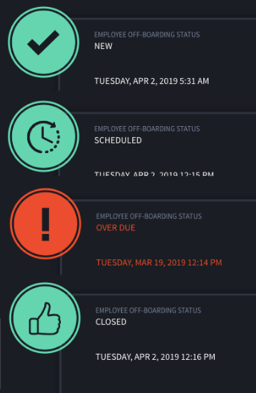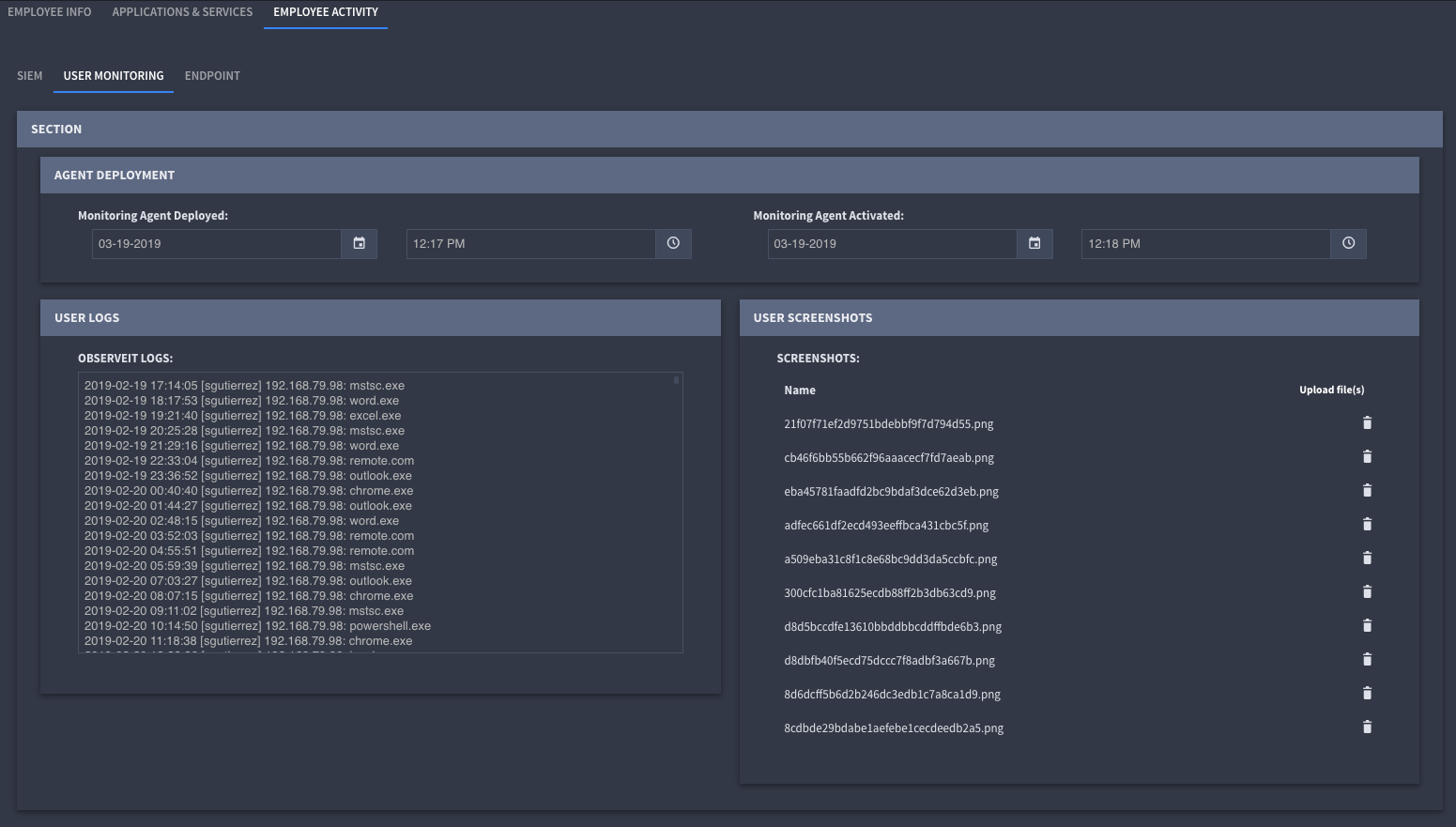Automating your employee off-boarding process with Swimlane
As more organizations discontinue internal services and begin adopting an increasing number of third-party *aaS-based services, ensuring the appropriate access is revoked in a timely manner is critical. By using our new employee off-boarding use case, you can automatically gather historical data, add a user to a monitoring watch list, and finally remove access when it is time to off-board an employee.
The employee off-boarding use case contains two distinct applications to assist an organization with managing their employee off-boarding process. The first is the employee application, which contains all relevant information about the employee as well as references to the second application: assets. The assets application contains individual assets to which the employee has access. These assets can be applications, services or hardware.
Our employee off-boarding use case enables an organization to automatically schedule an employee’s off-boarding from either an email sent from your HR department or from an existing ticketing system. Once ingested, an employee off-boarding action date is either set or configured by a security analyst.
An asset can be manually assigned to a user, or your Swimlane admin can define a standard set of assets that all users have access to. This way, when a new employee off-boarding case is created, there are default associated services for each employee within your organization.
The employee off-boarding use case has several different statuses that describe different parts of the off-boarding process: new, scheduled, overdue and closed.

Once a new off-boarding request is created in Swimlane, the application will immediately begin pulling information about the user from LDAP, Active Directory or Azure Active Directory. If you would like Swimlane to pull from a different location, you can do so easily by using another bundle we provide or writing your own custom integration using Python or PowerShell Core.





*** This is a Security Bloggers Network syndicated blog from Swimlane authored by Josh Rickard. Read the original post at: https://swimlane.com/blog/automating-employee-off-boarding-process/





